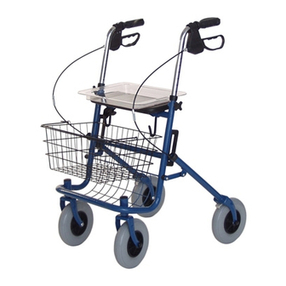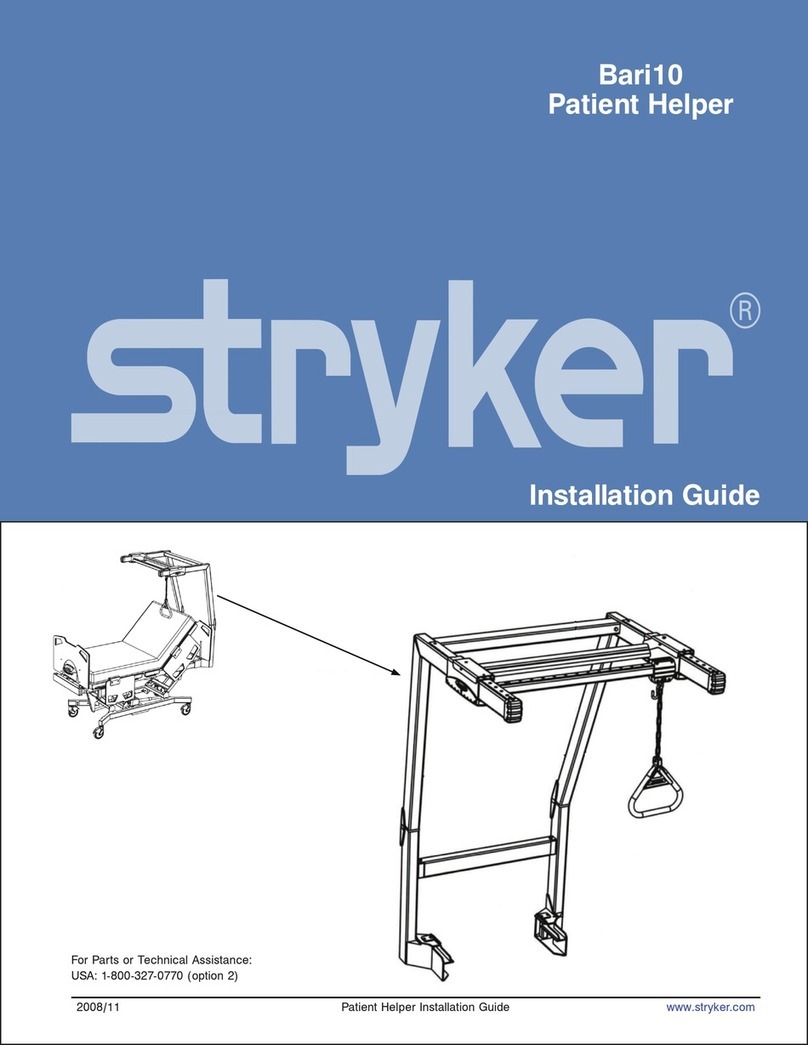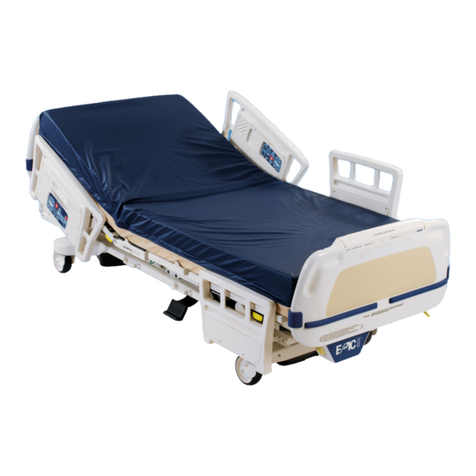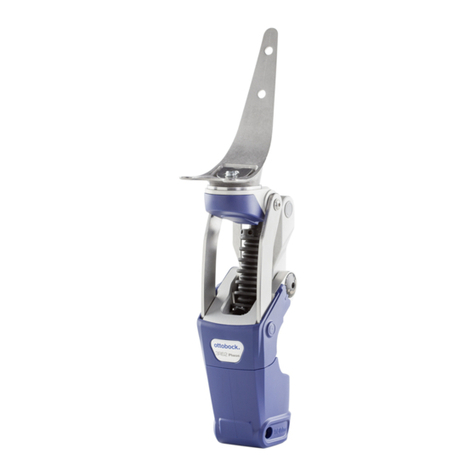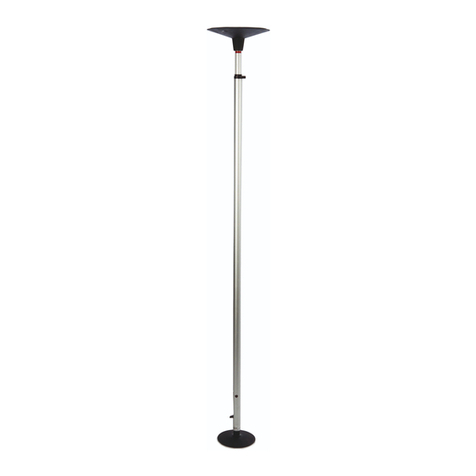
1-8 6254-109-005 REV A www.stryker.com
Return To Table of Contents
English
Summary of Safety Precautions
The following is a list of safety precautions that must be observed when operating or servicing this unit. The precautions
are repeated throughout the manual, where applicable. Carefully read this list before using or servicing the unit.
WARNING
• Improper usage of the Stryker Evacuation Chair can cause injury to the passenger or operator. Operate the Stryker
Evacuation Chair only as described in this manual.
• Do not modify the Stryker Evacuation Chair. Modifying the chair can cause unpredictable operation resulting in
injury to the passenger or operator. Modifying the chair will also void its warranty.
• Improper maintenance can cause injury or damage to the unit. Maintain the Stryker Evacuation Chair as described
in this manual. Use only Stryker approved parts and maintenance procedures. Using unapproved parts and
procedures could cause unpredictable operation and/or injury and will void the product warranty.
• Do not allow untrained helpers to assist in the operation of the Stryker Evacuation Chair. Untrained technicians/
helpers can cause injury to the passenger or themselves.
• An unlocked chair can fold during use, causing injury to the passenger or operator. Always make sure the chair is
locked in the unfolded position before use.
• To avoid injury, always verify the lift handles are locked in place before using them to lift the chair.
• Always use all restraint straps to secure the passenger on the chair. An unrestrained passenger may fall from the
chair and be injured.
• Never leave a passenger unattended on the chair or injury could result. Hold the chair securely while a passenger
is on the chair.
• The Stryker Evacuation Chair is not recommended for use with suspected cervical, spinal, or fracture injuries.
• To avoid injury when a passenger weighing more than 200 pounds is on the chair, use a minimum of two operators
to transport on stairs. If more people are required to safely control the chair, see page 1-24 for the proper
positioning of each helper.
• Only use the wheel locks during passenger transfer or without a passenger on the chair. Tipping could occur if
the chair is moved while wheel locks are applied, resulting in injury to the passenger or operator and/or damage
to the chair.
• Never use a wheel lock on a chair with excessively worn wheels. Using a wheel lock on a wheel with less than a
5” diameter could compromise the holding ability of the wheel lock, possibly resulting in injury to the passenger or
operator and/or damage to the chair or other equipment.
• To avoid injury, always verify the Stair-TREAD™ system is securely locked in place before transporting the
passenger.
• Water, ice and debris on the stairs can affect operator footing and proper operation of the Stair-TREAD™ system.
To avoid injury, clear the path or consider an alternate route.
• Condensation, water, ice and/or debris on the Stair-TREAD™ system can cause unpredictable performance,
resulting in a sudden change in the weight the operators must support. To avoid injury, and to aid proper operation
of the Stair-TREAD™ system, ensure the belts are clean and dry before transporting the passenger.
• Never lubricate the Stair-TREAD™ system. Lubrication on the system can cause inconsistent operation possibly
resulting in injury to the passenger or operator.
• To avoid injury to the operators and/or the passenger, operators should never attempt to transport passenger loads
greater than what they can safely lift.
• Do not sand the track teeth. Deformation of the teeth can cause unpredictable chair performance resulting in injury
to the operators and/or passenger.
CAUTION
• Casters are not suitable for all surfaces. Caution should be used at all times.
• Wheel locks are only intended to help prevent the empty chair from rolling while unattended and to aid in passenger
transfer. The wheel lock may not provide sufficient resistance on all surfaces or under loads.
• Release the red track release bar before clicking the Stair-TREAD™ system into the locked position. Failure to follow
this procedure could result in the track failing to lock. Always verify the Stair-TREAD™ system is locked by trying
to fold it before descending stairs.




